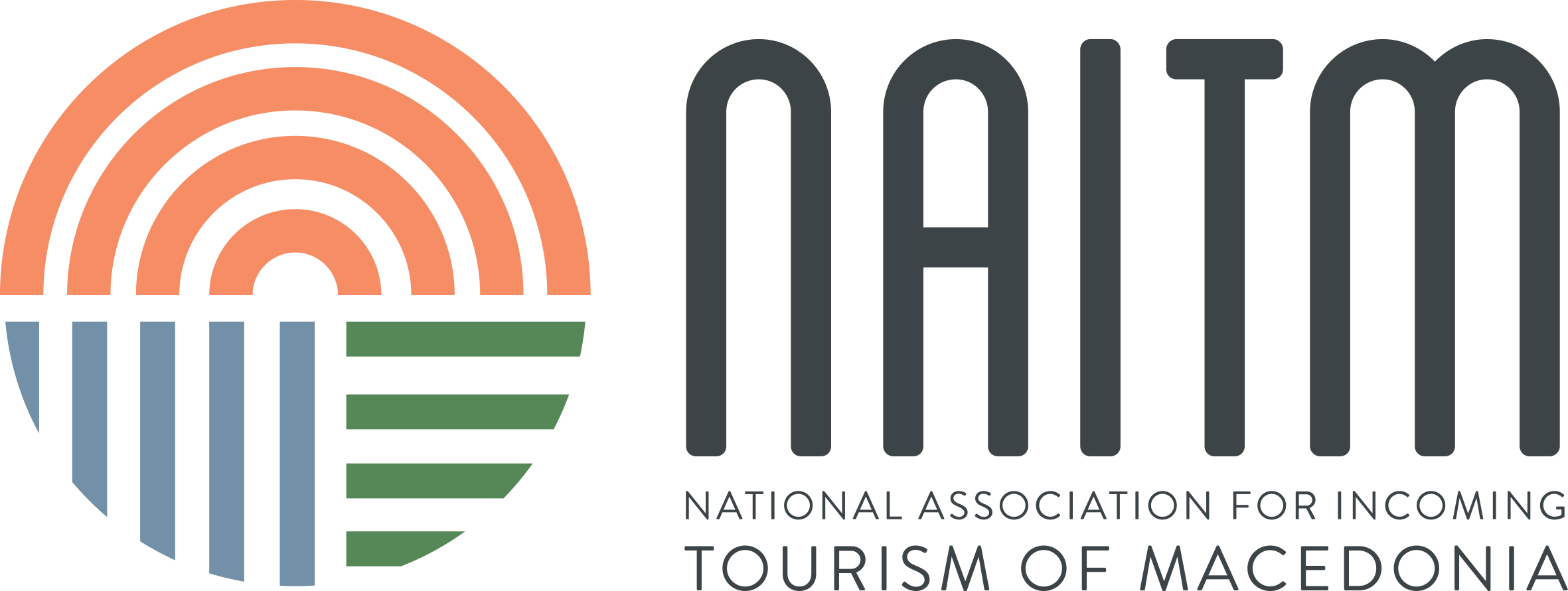| 1 g. ITALIA – SOFIA 24.4 giovedì Arrivo a Sofia. Visita di Sofia*, capitale della Bulgaria e una delle più belle capitali balcaniche dove si potranno ammirare la piazza Narodno Sabranie, dalla quale ha inizio il centro cittadino, che deve il nome all’edificio dell’Assemblea Nazionale in stile neoclassico del XIX secolo. La cattedrale Aleksander Nevski, voluta per commemorare la liberazione dal giogo turco da parte delle armate russe, che rappresenta,per le sue dimensioni, il più grande tempio ortodosso della penisola balcanica e la chiesa di Santa Sofia, Sistemazione in hotel. Cena e pernottamento. * Per gli arrivi serali la visità sarà spostata all'ultimo giorno. 2 g. SOFIA – BACHKOVO – PLOVDIV (200 km) 25.4 venerdì Prima colazione. Partenza per visitare il Monastero di Bachkovo. Costruito nel 1083, questo monastero è conosciuto principalmente per l’originale forma architettonica e per i tesori e le collezioni di libri che custodisce. E’ considerato per importanza, il secondo monastero della Bulgaria. Arrivo a Plovdiv. Visita della parte moderna del centro: lo Stadio Romano, la Moschea ed il centro culturale Trakart che espone splendidi mosaici e reperti archeologici ritrovati nella zona. Pensione completa. | |
Prima colazione. Visita di Plovdiv vecchia: un intero quartiere fatto di antichi edifici realizzati nello stile definito il “barocco di Plovdiv”. Seguendo le strade ciottolose che si sviluppano lungo questa collina si potranno ammirare le tante abitazioni che per decenni hanno ospitato le più importanti famiglie della città. Oggi, una di queste case, costruita nel 1847, ospita lo splendido Museo etnografico. A poca distanza si trova la chiesa SS. Costantino ed Elena costruita nel 1832. Visita del Teatro romano (da fuori). Partenza verso il Mar Nero con sosta a Karanovo per visitare una delle più recenti ed interessanti scoperte archeologiche della Bulgaria – un tumulo che contiene tra gli altri oggetti un calesse intero con dei cavalli, parte del ricchissimo corredo funebre di un aristocratico tracio dei primi secoli d.C. Arrivo a Nessebar. Sistemazione in hotel. Pensione completa.
4 g. NESSEBAR – VARNA – MADARA – VELIKO TARNOVO (350 km) 27.4 domenica
Prima colazione. Visita di Nessebar, cittadina posta sotto la protezione dell’Unesco in quanto il luogo più ricco di testimonianze storiche di tutta la costa di Mar Nero. Si incontrano in rapida successione le chiese del Pantocrator, di San Giovanni Battista e del Redentore. Partenza per Varna – la capitale marittima della Bulgaria. Visita del Museo Archeologico ed il centro città. Partenza per visitare il Cavaliere nella roccia di Madara – monumento protetto dall’Unesco. Arrivo a Veliko Tarnovo. Sistemazione in hotel. Pensione completa.
5 g. VELIKO TARNOVO – ARBANASSI – ETARA – KAZANLAK (120 km) 28.4 lunedì
Prima colazione. Visita del Monte Tzarevez di Veliko Tarnov dove ancora oggi sono tangibili le testimonianze della grandezza del Secondo Regno bulgaro e il quartiere degli artigiani. visita di Arbanassi, un piccolo villaggio che ospitava le famiglie borghesi di Veliko Tarnovo. Qui si visitano la medioevale Chiesa della Natività, famosa per gli splendidi interni interamente affrescati, e la casa museo Kostanzaliev. Questo grande edificio venne costruito nel secolo XVIII da un ricco mercante della zona. Proseguimento per il villaggio-museo all'aperto Etara con spettacolo “Rito Matrimoniale”. Breve sosta alla Chiesa della Natività di Shipka, situata in mezzo al verde della Stara Planina. Costruita nel secolo XIX, si presenta nello stile delle chiese di Mosca del secolo XVII. Arrivo a Kazanlak. Pensione completa.
6 g. KAZANLAK – KOPRIVSHTIZA – KREMIKOVZI – SOFIA (220 km) 29.4 martedì
Prima colazione. Visita di Kazanlak, visita della famosa Tomba Tracia (protetta dall'UNESCO) risalente a circa 4000 anni fa ed il Museo etnografico dove sono esposti alcuni macchinari d'epoca per la lavorazione dei petali di rose. Degustazione di grappa “rosaliika” e marmellata di rose. Partenza per Koprivshtiza. Visita del centro storico di questa cittadina che ospita alcune tra le più belle case storiche di tutta la Bulgaria. Ancora oggi, di queste case costruite interamente in legno tra il 1700 ed il 1800 ne esistono più di sessanta. Visita alla Chiesa della Vergine (Uspenie Bogirodichino) e due delle case – museo. Prima dell'arrivo a Sofia, sosta per visitare il Monastero di Kremikovzi che venne fondato durante il XIV secolo, sotto il regno di zar Ivan Alexandar. In quell’epoca vennero eretti intorno a Sofia 14 nuovi complessi monastici. Distrutto nel 1332 venne poi ricostruito nel 1493, l’anno in cui fu eretta anche la Chiesa di San Giorgio il cui interno contiene affreschi di straordinario valore, una specie di galleria di capolavori creati da artisti dalla grande scuola d’arte di Tarnovo: il colore è solenne e armonioso, il tratto elegante, le figure plastiche e vitali. Sistemazione in hotel a Sofia. Pensione completa.
7 g. SOFIA – RILA – SOFIA (250 km) 30.4 mercoledì
Prima colazione e trasferimento nella periferia della capitale per visitare la Chiesa di Boyana ed il Museo storico nazionale. Questa chiesa, inserita in un parco di alberi secolari, rappresenta uno straordinario ed unico esempio dell’architettura ecclesiastica medioevale dell’area balcanica. Costruita nel secolo X, presenta alcuni affreschi risalenti al secolo XIII che per la tecnica adottata costituiscono una anticipazione degli innovativi temi stilistico – esecutivi della grande pittura italiana. Proseguimento verso il Monastero di Rila considerato il più importante monastero dei Balcani. Fondato nel secolo X, questo monastero ha rappresentato per secoli un fondamentale punto di riferimento culturale del Paese ed uno dei principali centri del Cristianesimo Ortodosso. Pranzo in ristorante. Ritorno a Sofia. Cena e pernottamento.
8 g. SOFIA – ITALIA 1.5 giovedì
Prima colazione. Eventuale approfondimento della visita di Sofia. Trasferimento in aeroporto, partenza per l’Italia.

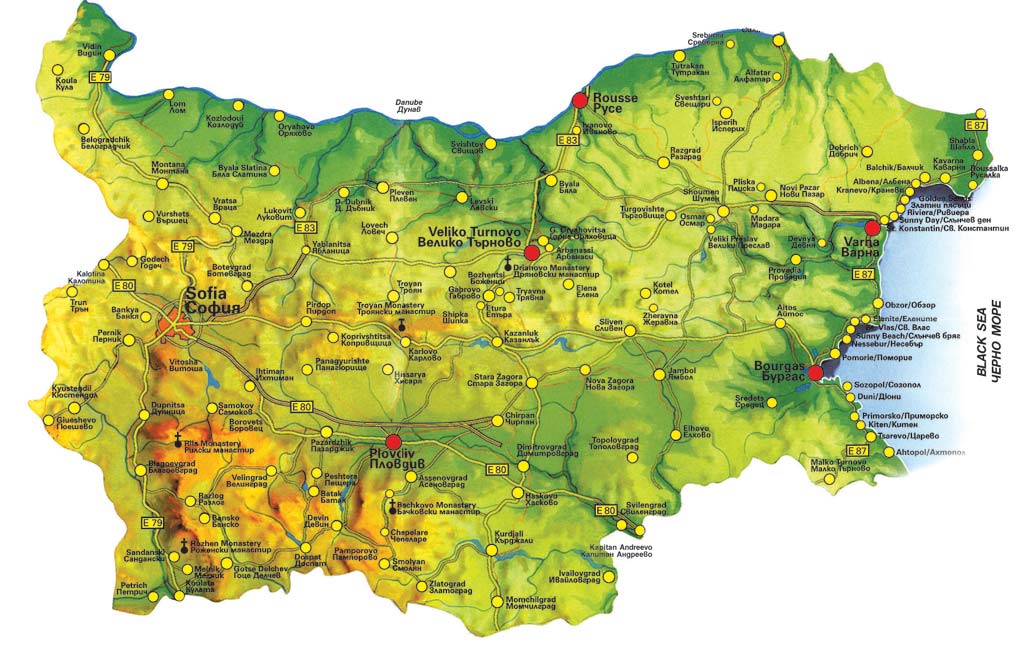
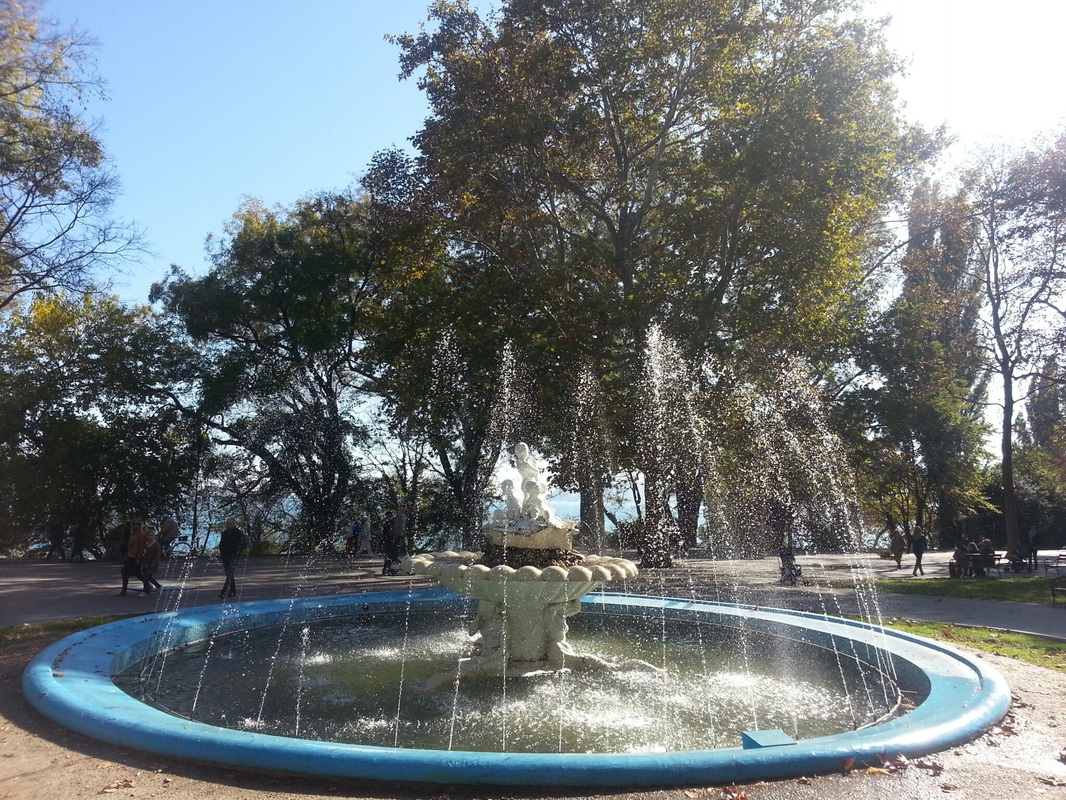
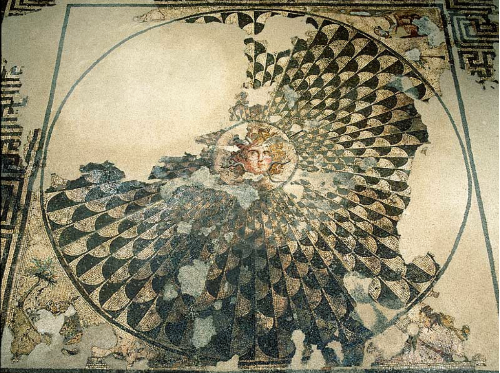
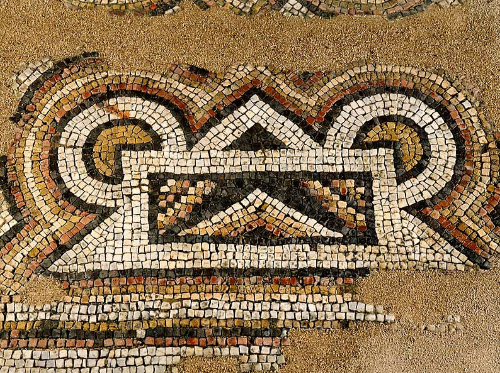
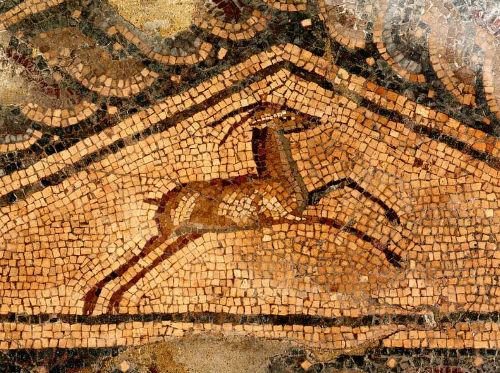
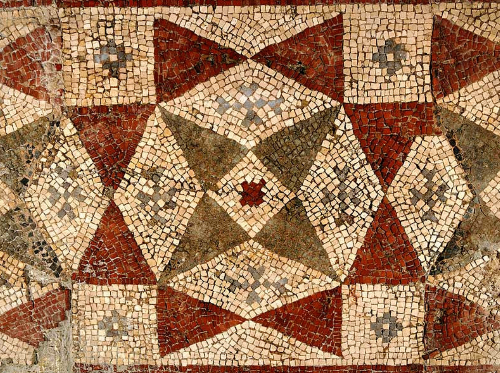
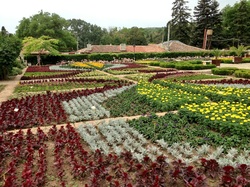
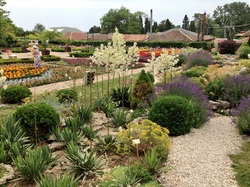
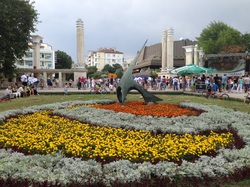

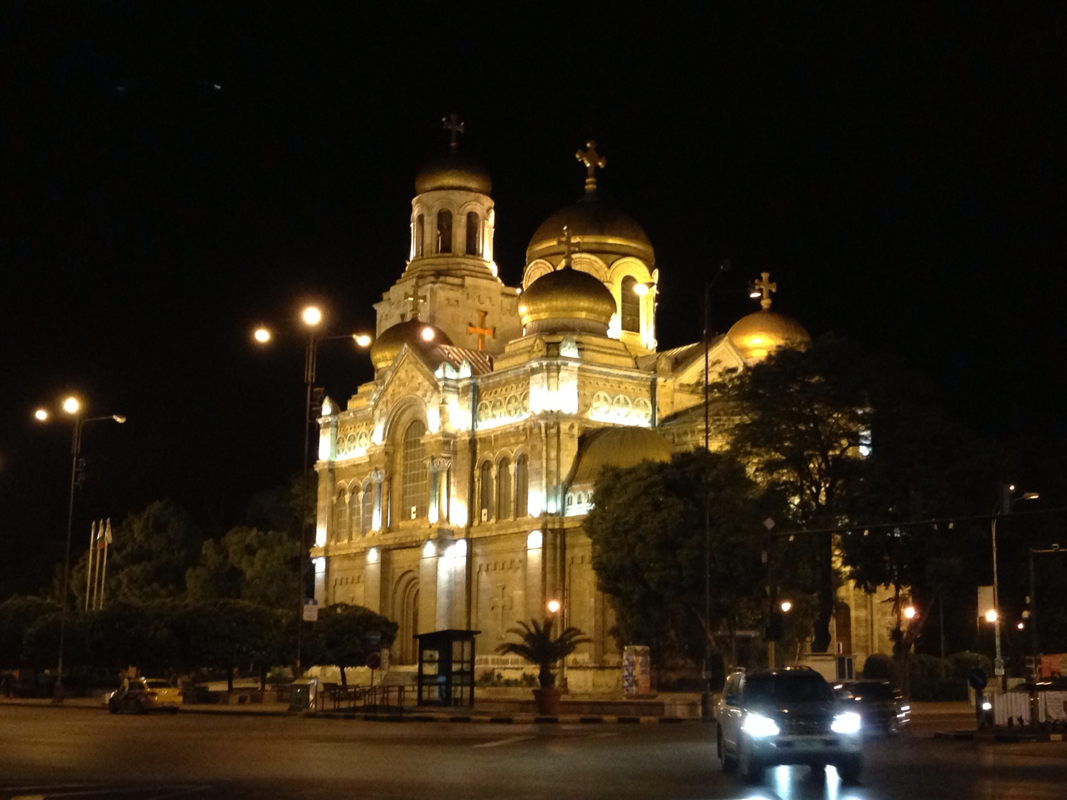
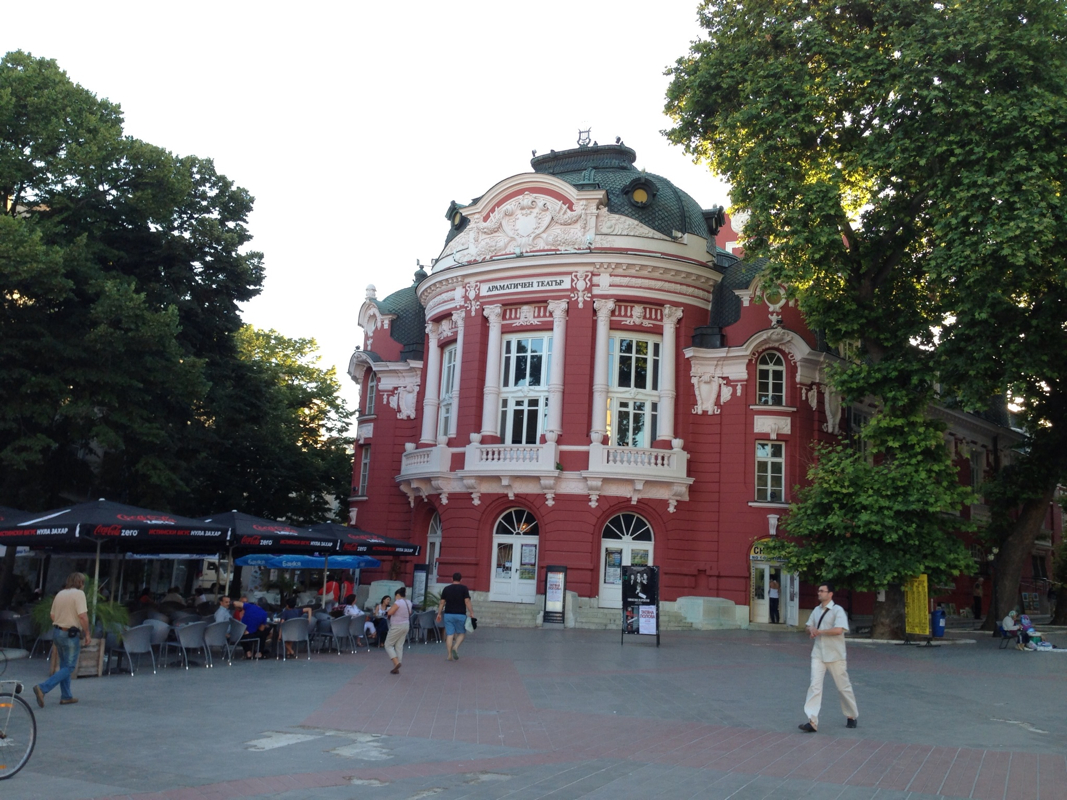
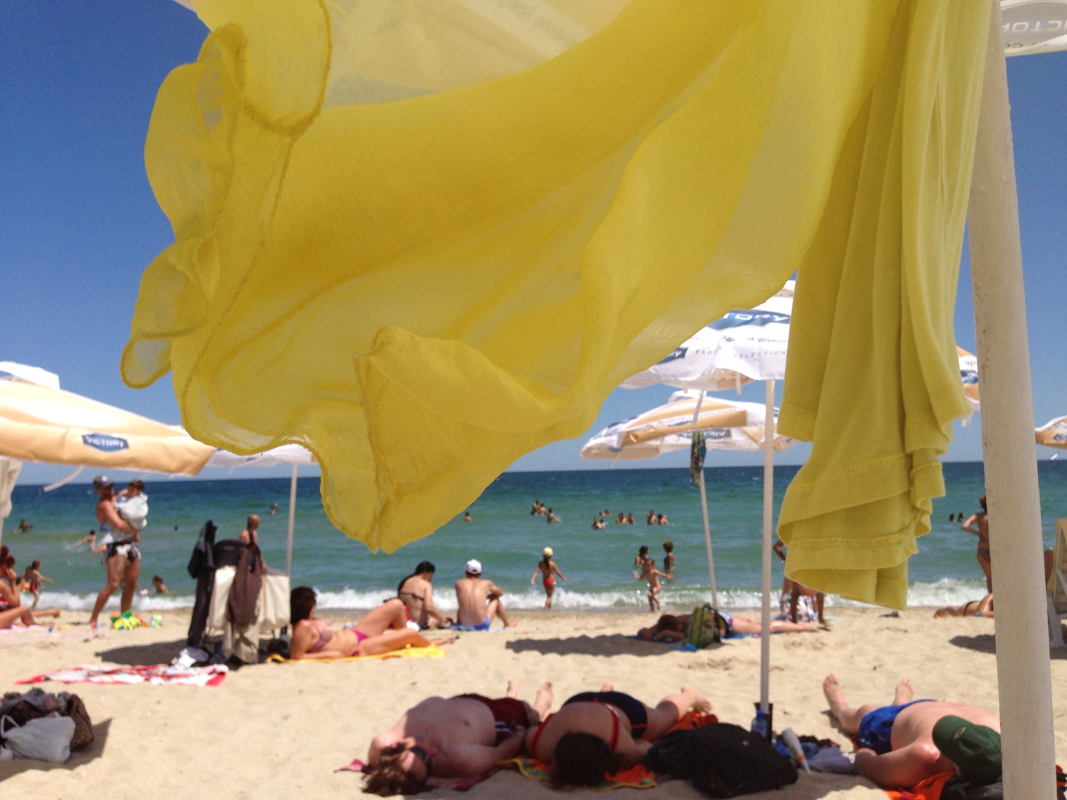
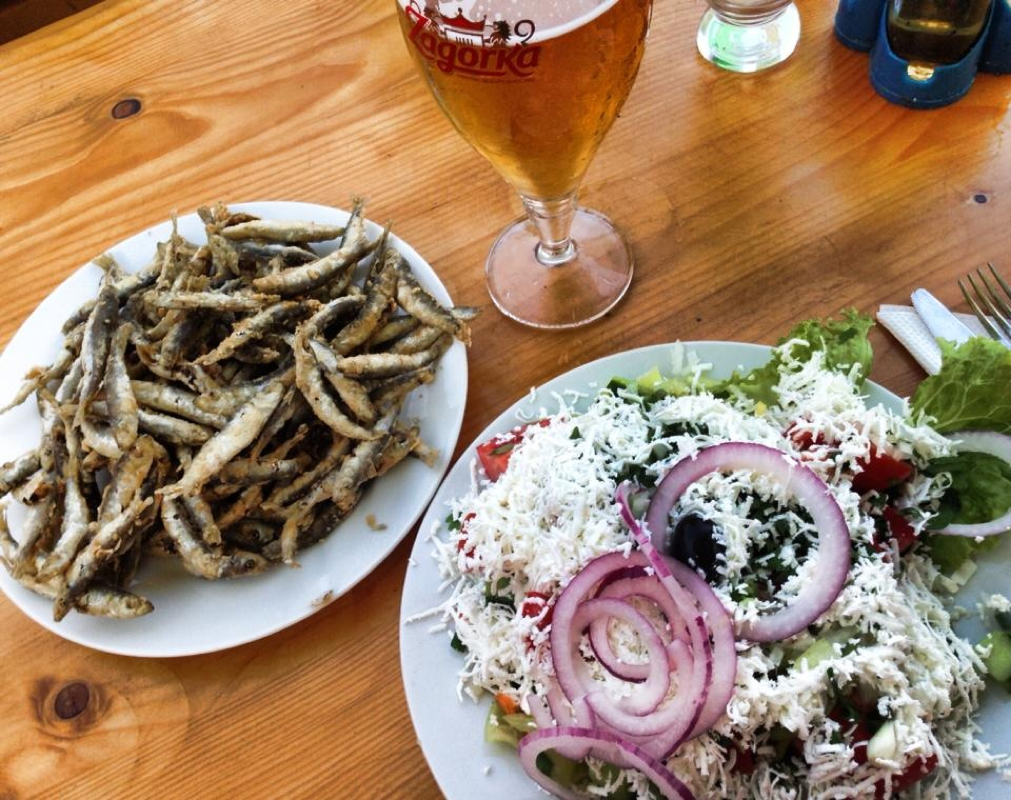
 RSS Feed
RSS Feed

